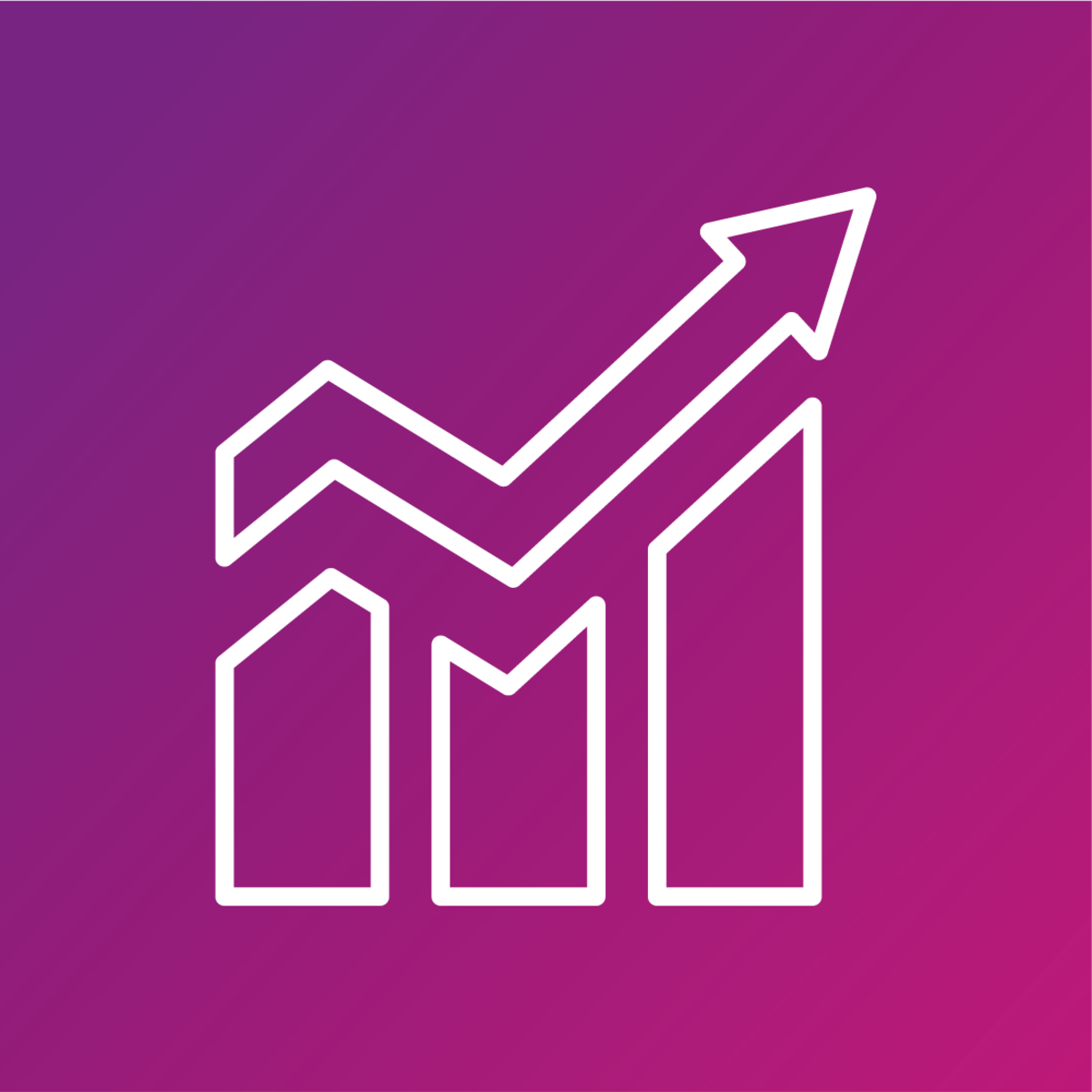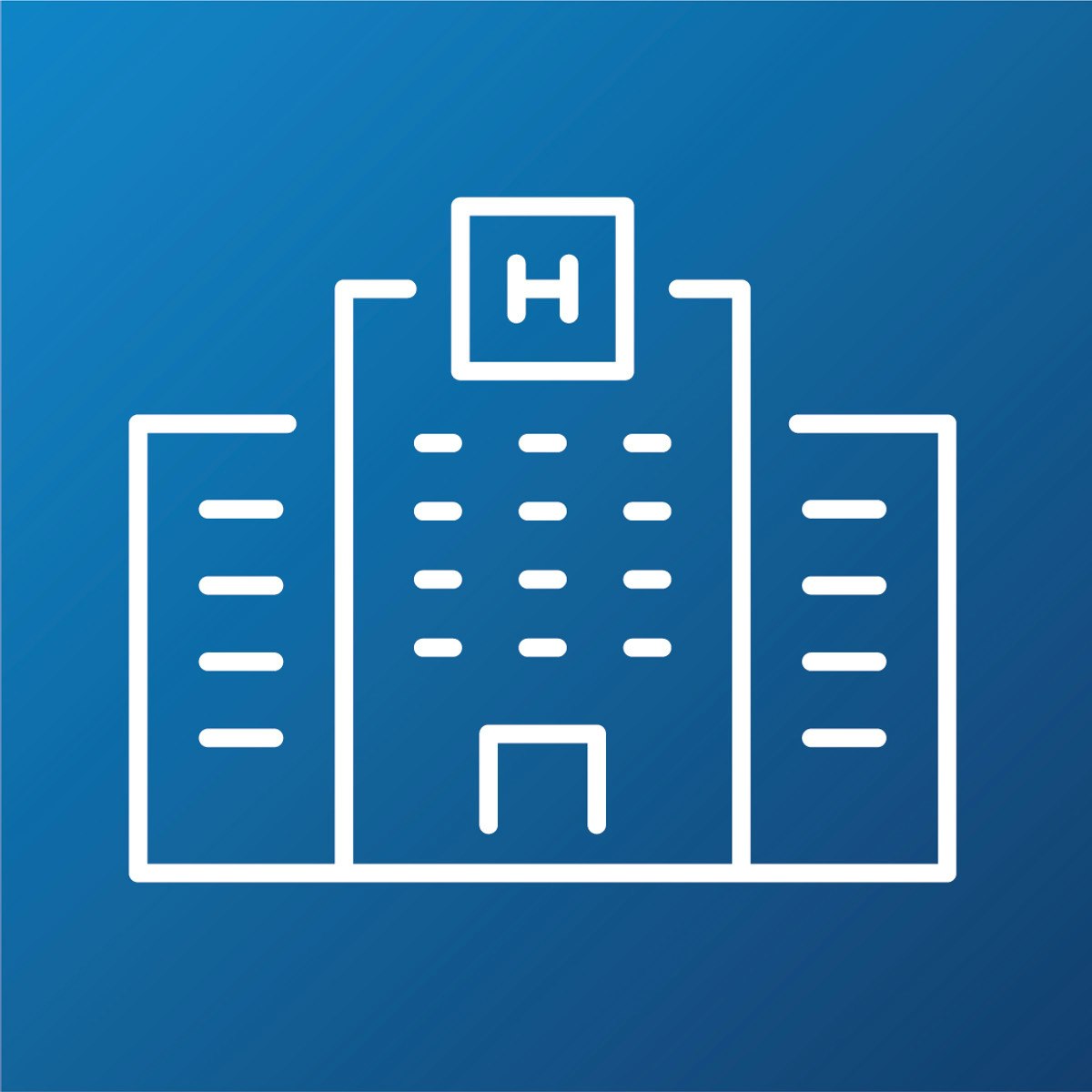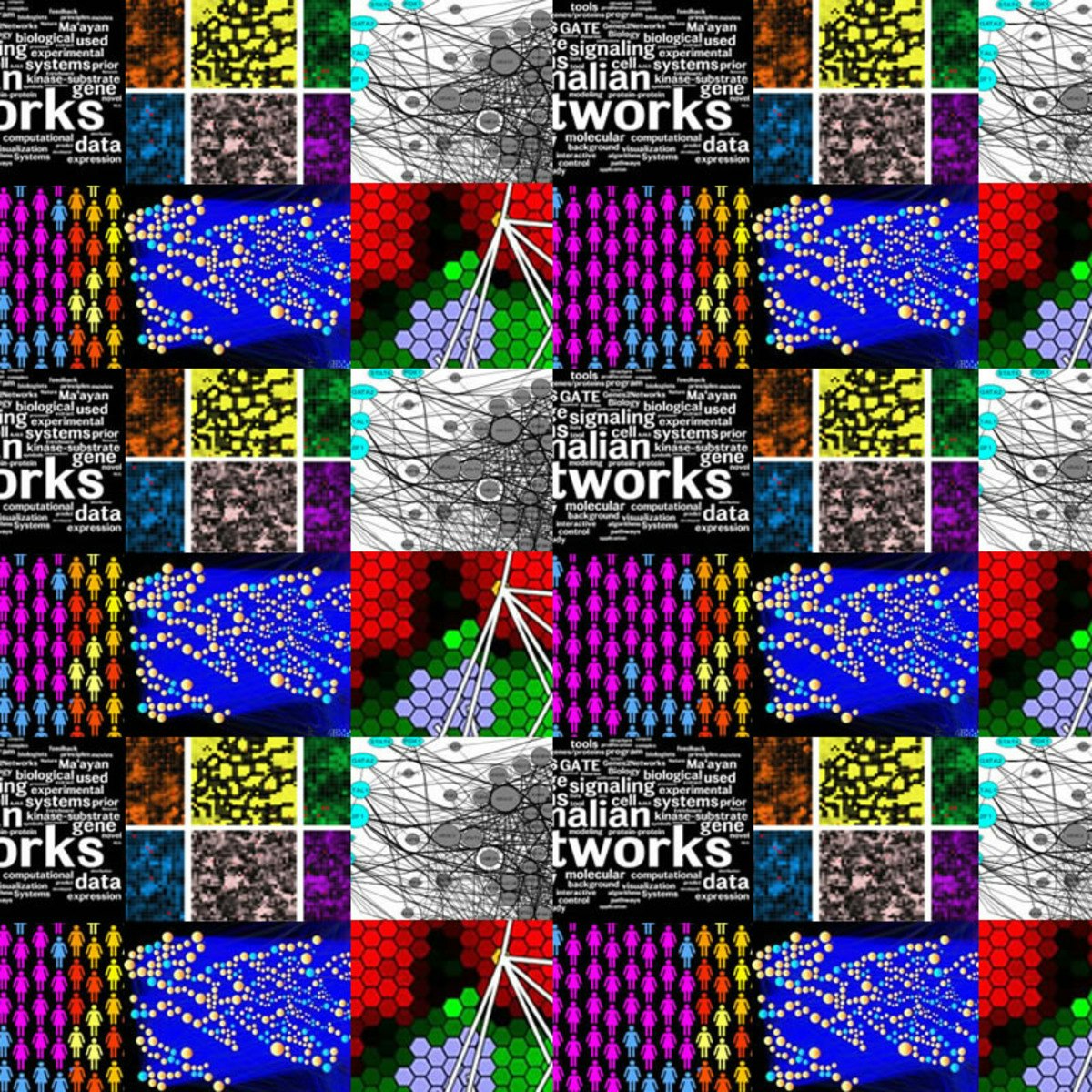Back to Courses









Life Sciences Courses - Page 7
Showing results 61-70 of 644

Logistic Regression in R for Public Health
Welcome to Logistic Regression in R for Public Health!
Why logistic regression for public health rather than just logistic regression? Well, there are some particular considerations for every data set, and public health data sets have particular features that need special attention. In a word, they're messy. Like the others in the series, this is a hands-on course, giving you plenty of practice with R on real-life, messy data, with predicting who has diabetes from a set of patient characteristics as the worked example for this course. Additionally, the interpretation of the outputs from the regression model can differ depending on the perspective that you take, and public health doesn’t just take the perspective of an individual patient but must also consider the population angle. That said, much of what is covered in this course is true for logistic regression when applied to any data set, so you will be able to apply the principles of this course to logistic regression more broadly too.
By the end of this course, you will be able to:
Explain when it is valid to use logistic regression
Define odds and odds ratios
Run simple and multiple logistic regression analysis in R and interpret the output
Evaluate the model assumptions for multiple logistic regression in R
Describe and compare some common ways to choose a multiple regression model
This course builds on skills such as hypothesis testing, p values, and how to use R, which are covered in the first two courses of the Statistics for Public Health specialisation. If you are unfamiliar with these skills, we suggest you review Statistical Thinking for Public Health and Linear Regression for Public Health before beginning this course. If you are already familiar with these skills, we are confident that you will enjoy furthering your knowledge and skills in Statistics for Public Health: Logistic Regression for Public Health.
We hope you enjoy the course!

Science Literacy
Fake news or good science? In a world where we have access to unlimited information, it is hard to sift through the echo chamber of opinions fueled by emotions and personal biases, rather than scientific evidence. Science Literacy will teach you about the process of science, how to think critically, how to differentiate science from pseudoscience, how indigenous wisdom can inform science, how to understand and design a scientific study, and how to critically evaluate scientific communication in the media. Every module will build your new skill-base with real life examples, and at the end of each module you will have to apply these skills to scientific questions, talking points and controversies in the world. Warning: this course requires an open mind and the ability to self-reflect.
In Science Literacy, you’ll hear from special guests:
Timothy Caulfield, Canada Research Chair in Health Law and Policy and star of Netflix’s “A User's Guide to Cheating Death” on pseudoscience
Dr. Torah Kachur, Scientist and CBC journalist on science communication (and miscommunication!)
Christian Nelson, Citizen Scientist and creator of Edmonton Weather Nerdery, on experimental design
Metis Elder Elmer Ghostkeeper and Cree Elder Kokum Rose Wabasca, on the holistic nature of Indigenous wisdom and how it can work with the scientific process
Associate Professor in Psychology, Dr. David Rast on uncertainty and decision making

Introduction to Quality Improvement in Healthcare
This course introduces you to the concepts, theories and application of Quality Improvement (QI) in healthcare from a global perspective. You will hear from patients, clinicians and academics what quality improvement means to them, and how they work together to deliver change. Studying the challenges, they faced and strategies they utilised to overcome those challenges, you will learn to apply and critique core QI methods, from experts in the field.
By the end of this module you will be able to:
1. Recognise the characteristics of different approaches to quality improvement in order to critique them and make decisions as to when to deploy them.
2. Explain the necessary components of a structured approach to quality improvement in order to apply key quality improvement methods to support the planning, design, implementation and evaluation of improvement efforts.
The Brain and Space
This course is about how the brain creates our sense of spatial location from a variety of sensory and motor sources, and how this spatial sense in turn shapes our cognitive abilities.
Knowing where things are is effortless. But “under the hood,” your brain must figure out even the simplest of details about the world around you and your position in it. Recognizing your mother, finding your phone, going to the grocery store, playing the banjo – these require careful sleuthing and coordination across different sensory and motor domains. This course traces the brain’s detective work to create this sense of space and argues that the brain’s spatial focus permeates our cognitive abilities, affecting the way we think and remember.
The material in this course is based on a book I've written for a general audience. The book is called "Making Space: How the Brain Knows Where Things Are", and is available from Amazon, Barnes and Noble, or directly from Harvard University Press.
The course material overlaps with classes on perception or systems neuroscience, and can be taken either before or after such classes.
Dr. Jennifer M. Groh, Ph.D.
Professor
Psychology & Neuroscience; Neurobiology
Duke University
www.duke.edu/~jmgroh
Jennifer M. Groh is interested in how the brain process spatial information in different sensory systems, and how the brain's spatial codes influence other aspects of cognition. She is the author of a recent book entitled "Making Space: How the Brain Knows Where Things Are" (Harvard University Press, fall 2014).
Much of her research concerns differences in how the visual and auditory systems encode location, and how vision influences hearing. Her laboratory has demonstrated that neurons in auditory brain regions are sometimes responsive not just to what we hear but also to what direction we are looking and what visual stimuli we can see. These surprising findings challenge the prevailing assumption that the brain’s sensory pathways remain separate and distinct from each other at early stages, and suggest a mechanism for such multi-sensory interactions as lip-reading and ventriloquism (the capture of perceived sound location by a plausible nearby visual stimulus).
Dr. Groh has been a professor at Duke University since 2006. She received her undergraduate degree in biology from Princeton University in 1988 before studying neuroscience at the University of Michigan (Master’s, 1990), the University of Pennsylvania (Ph.D., 1993), and Stanford University (postdoctoral, 1994-1997). Dr. Groh has been teaching undergraduate classes on the neural basis of perception and memory for over fifteen years. She is presently a faculty member at the Center for Cognitive Neuroscience and the Duke Institute for Brain Sciences at Duke University. She also holds appointments in the Departments of Neurobiology and Psychology & Neuroscience at Duke.
Dr. Groh’s research has been supported by a variety of sources including the John S. Guggenheim Foundation, the National Institutes of Health, the National Science Foundation, and the Office of Naval Research Young Investigator Program, the McKnight Endowment Fund for Neuroscience, the John Merck Scholars Program, the EJLB Foundation, the Alfred P. Sloan Foundation, the Whitehall Foundation, and the National Organization for Hearing Research.

Essentials of Global Health
Essentials of Global Health is a comprehensive introduction to global health. It is meant to introduce you to this topic in well-structured, clear and easy to understand ways. Much of the course will focus on five questions: What do people get sick, disabled and die from; Why do they suffer from these conditions? Which people are most affected? Why should we care about such concerns? What can be done to address key health issues, hopefully at least cost, as fast as possible, and in sustainable ways? The course will be global in coverage but with a focus on low- and middle-income countries, the health of the poor, and health disparities. Particular attention will be paid throughout the course to health systems issues, the linkages between health and development, and health matters related to global interdependence. The course will cover key concepts and frameworks but be practical in orientation.
ESSENTIALS OF GLOBAL HEALTH WAS PRODUCED IN PART DUE TO THE GENEROUS FUNDING OF THE DAVID F. SWENSEN FUND FOR INNOVATION IN TEACHING.
-------------------------------------------------------------------------------------------------------------------------------------------------------
Course Learning Objectives
By the end of the course, learners should be able to:
• Articulate key public health concepts related to global health;
• Analyze the key issues in global health from a number of perspectives;
• Discuss with confidence the burden of disease in various regions of the world; how it varies by sex, age, and location; key risk factors for this burden; and how the disease burden can be addressed in cost-effective ways;
• Assess key health disparities, especially as they relate to the health of low-income and marginalized people in low- and middle-income countries;
• Outline the key actors and organizations in global health and the manner in which they cooperate to address critical global health concerns;
• Review key global health challenges that are likely to arise in the coming decades.
-------------------------------------------------------------------------------------------------------------------------------------------------------
Value Added of the Course
The course seeks to add special value by being comprehensive, by handling each topic in a consistent framework, and by helping learners gain an understanding of well grounded approaches to assessing global health issues and what can be done to address them.
-------------------------------------------------------------------------------------------------------------------------------------------------------
The Readings and other materials for Essentials of Global Health
For almost every session of Essentials of Global Health, you will see:
- Required readings
- Recommended readings
- Recommended videos
We have selected a small number of readings for each session that are central to understanding the content of the session. We have put these under “required readings”.
For each required reading, we have also indicated how carefully you should read the material and on what parts of the material you should focus your attention.
In addition, we have selected some additional readings that would be very helpful to your understanding the content of each session.
The first is a textbook, Global Health 101, third edition. This is a comprehensive introductory textbook that closely follows the content of this Essentials of Global Health course. We have indicated for each session what part of the book you should read. Using this textbook can be very valuable to your mastering the content of the course.
The second set of “recommended readings” is some additional readings, mostly from journal articles and reports. For these, too, we have indicated how carefully you should read the material and on what parts of the material you should focus your attention.
Learners should note that to access articles from The Lancet they will have to register with the Lancet, if they do not have online access to a library that has The Lancet. Once they are registered, they will be able to sign into The Lancet and access all of its free articles.
We have also indicated for most sessions one or two videos that relate to the topic of the session. These are meant to help the learner get a better feel for the topic which is being covered. Most learners will find the videos brief, easy and enjoyable to watch, and very enlightening.

Whole genome sequencing of bacterial genomes - tools and applications
This course will cover the topic of Whole genome sequencing (WGS) of bacterial genomes which is becoming more and more relevant for the medical sector. WGS technology and applications are high on international political agenda, as the classical methods are being replaced by WGS technology and therefore bioinformatic tools are extremely important for allowing the people working in this sector to be able to analyze the data and obtain results that can be interpreted and used for different purposes. The course will give the learners a basis to understand and be acquainted with WGS applications in surveillance of bacteria including species identification, typing and characterization of antimicrobial resistance and virulence traits as well as plasmid characterization. It will also give the opportunity to learners to learn about online tools and what they can be used for through demonstrations on how to use some of these tools and exercises to be solved by learners with use of freely available WGS analysis tools .
By the end of this course you should be able to:
1. Describe the general Principles in typing of Bacteria
2. Give examples of the applications of Whole Genome Sequencing to Surveillance of bacterial pathogens and antimicrobial resistance
3. Apply genomic tools for sub-typing and surveillance
4. Define the concept of Next-Generation Sequencing and describe the sequencing data from NGS
5. Describe how to do de novo assembly from raw reads to contigs
6. Enumerate the methods behind the tools for species identification, MLST typing and resistance gene detection
7. Apply the tools for species identification, MLST typing and resistance gene detection in real cases of other bacterial and pathogen genomes.
8. Describe the methods behind the tools for Salmonella and E.coli typing, plasmid replicon detection and plasmid typing
9. Utilize the tools for Salmonella and E.coli typing, plasmid replicon detection and plasmid typing in real cases of other bacterial and pathogen genomes.
10. Explain the concept and be able to use the integrated bacterial analysis pipeline for batch analysis and typing of genomic data
11. Demonstrate how to construct phylogenetic tree based on SNPs
12. Apply the phylogenetic tool to construct phylogenetic trees and explain the relatedness of bacterial or pathogen strains
13. Describe how to create your own sequence database
14. Utilize the MyDbFinder tool to detect genetic markers of interest from whole genome sequencing

Network Analysis in Systems Biology
An introduction to data integration and statistical methods used in contemporary Systems Biology, Bioinformatics and Systems Pharmacology research. The course covers methods to process raw data from genome-wide mRNA expression studies (microarrays and RNA-seq) including data normalization, differential expression, clustering, enrichment analysis and network construction. The course contains practical tutorials for using tools and setting up pipelines, but it also covers the mathematics behind the methods applied within the tools. The course is mostly appropriate for beginning graduate students and advanced undergraduates majoring in fields such as biology, math, physics, chemistry, computer science, biomedical and electrical engineering. The course should be useful for researchers who encounter large datasets in their own research. The course presents software tools developed by the Ma’ayan Laboratory (http://labs.icahn.mssm.edu/maayanlab/) from the Icahn School of Medicine at Mount Sinai, but also other freely available data analysis and visualization tools. The ultimate aim of the course is to enable participants to utilize the methods presented in this course for analyzing their own data for their own projects. For those participants that do not work in the field, the course introduces the current research challenges faced in the field of computational systems biology.

Methods and Statistics in Social Science - Final Research Project
The Final Research Project consists of a research study that you will perform in collaboration with fellow learners. Together you will formulate a research hypothesis and design, come up with operationalizations, create manipulation and measurement instruments, collect data, perform statistical analyses and document the results.
In this course you will go through the entire research process and will be able to help determine what research question we will investigate and how we design and perform the research. This is an invaluable experience if you want to be able to critically evaluate scientific research in the social and behavioral sciences or design and perform your own studies in the future.

Finding Purpose and Meaning In Life: Living for What Matters Most
Welcome to Finding Purpose and Meaning in Life: Living for What Matters Most!
In this course, you’ll learn how science, philosophy and practice all play a role in both finding your purpose and living a purposeful life. You will hear from historical figures and individuals about their journeys to finding and living a purposeful life, and will walk through different exercises to help you find out what matters most to you so you can live a purposeful life.
As an added benefit, you will also have complimentary access, for a period of time, to the Purposeful App. This groundbreaking mobile and desktop app is designed to help you build a purposeful rhythm into each day, so you can bring your best self to what matters most. Look for more information in Week 1 of the course!
By the end of this course, you will:
1. Understand that having a strong purpose in life is an essential element of human well-being.
2. Know how self-transcending purpose positively affects well-being.
3. Be able to create a purpose for your life (don't be intimidated, this is different from creating "the purpose" for your life).
4. Apply personal approaches and skills to self-change and become and stay connected to your purpose every day.
We are thrilled that you are here! We look forward to hearing and learning from you throughout this course!

Breastfeeding: Public Health Perspectives
Engaging in this course will provide you with the opportunity to think about breastfeeding and its public health implications. The Socio-Ecological Model will be the framework of the course as we think about how each level of the Model (individual, interpersonal, community, organizational, and public policy) impacts breastfeeding practices in the United States, and globally.
Through short video lectures you will be introduced to relevant topics related to the public health perspectives of breastfeeding such as the maternal and child short- and long-term health benefits, economic and environmental impacts, the state of health profession curricula surrounding breastfeeding education, and breastfeeding practices of the LGBTQ+ community.
You will apply this knowledge to critique breastfeeding literature, create a breastfeeding budget for a particular breastfeeding parent persona, and design an education material to promote breastfeeding. As you complete this course, you should feel confident in identifying the barriers to successful breastfeeding practices and understand how adequate breastfeeding will impact population health.
Popular Internships and Jobs by Categories
Find Jobs & Internships
Browse
© 2024 BoostGrad | All rights reserved